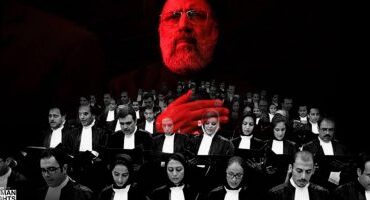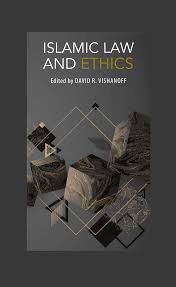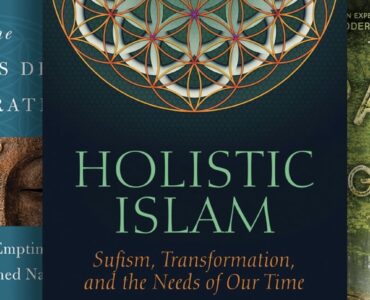
Islam In The United States
Part II: Religious Freedom
Views of Islam in America affected debates regarding freedom of religion during the drafting of the state constitution of Pennsylvania in 1776. Constitutionalists promoted religious toleration while Anti-constitutionalists called for reliance on Protestant values in the formation of the state’s republican government. The former group won out, and inserted a clause for religious liberty in the new state constitution. American views of Islam were influenced by favorable Enlightenment writings from Europe, as well as Europeans who had long warned that Islam was a threat to Christianity and republicanism.

In 1776, John Adams published “Thoughts on Government,” in which he mentions the Islamic prophet Muhammad as a “sober inquirer after truth” alongside Confucius, Zoroaster, Socrates, and other thinkers.
In 1785, George Washington stated a willingness to hire “Mahometans,” as well as people of any nation or religion, to work on his private estate at Mount Vernon if they were “good workmen.”
In 1790, the South Carolina legislative body granted special legal status to a community of Moroccans.
In 1797, President John Adams signed the Treaty of Tripoli, declaring the United States had no “character of enmity against the laws, religion, or tranquillity, of Mussulmen.”
In his autobiography, published in 1791, Benjamin Franklin stated that he “did not disapprove” of a meeting place in Pennsylvania that was designed to accommodate preachers of all religions. Franklin wrote that “even if the Mufti of Constantinople were to send a missionary to preach Mohammedanism to us, he would find a pulpit at his service.” Franklin also wrote an anti-slavery parody that claimed to be translation of the response of a government official at Algiers to a 17th-century petition to banish slavery there; the parody develops the theme that Europeans are specially suited for enslavement on cultural and religious grounds, and that there would be practical problems with abolishing slavery in North Africa; this satirizes similar arguments that were then made about the enslavement of Blacks in North America.
Thomas Jefferson defended religious freedom in America including those of Muslims. Jefferson explicitly mentioned Muslims when writing about the movement for religious freedom in Virginia. In his autobiography Jefferson wrote “[When] the [Virginia] bill for establishing religious freedom . . . was finally passed, . . . a singular proposition proved that its protection of opinion was meant to be universal. Where the preamble declares that coercion is a departure from the plan of the holy author of our religion, an amendment was proposed, by inserting the word ‘Jesus Christ,’ so that it should read ‘a departure from the plan of Jesus Christ, the holy author of our religion.’ The insertion was rejected by a great majority, in proof that they meant to comprehend within the mantle of its protection the Jew and the Gentile, the Christian and Mahometan, the Hindoo and infidel of every denomination.” While President, Jefferson also participated in an iftar with the Ambassador of Tunisia in 1809.
However, not all politicians were pleased with the religious neutrality of the Constitution, which prohibited any religious test. Anti-Federalists in the 1788 North Carolina ratifying convention opposed the new constitution; one reason was the fear that some day Catholics or Muslims might be elected president. William Lancaster said:
“In 1788, Americans held inaccurate and often contradicting views of the Muslim world, and used that in political arguments. For example, the anti-Federalists compared a strong central government to the Sultan of the Ottoman Empire and the American army to Turkish Janissaries, arguing against a strong central government. On the other hand, Alexander Hamilton argued that despotism in the Middle East was the result of the Sultan not having enough power to protect his people from oppressive local governors; thus he argued for a stronger central government.”
Modern Muslims
Small-scale migration to the U.S. by Muslims began in 1840, with the arrival of Yemenis and Turks, and lasted until World War I. Most of the immigrants, from Arab areas of the Ottoman Empire, came with the purpose of making money and returning to their homeland. However, the economic hardships of 19th-century America prevented them from prospering, and as a result the immigrants settled in the United States permanently. These immigrants settled primarily in Dearborn, Michigan; Quincy, Massachusetts; and Ross, North Dakota. Ross, North Dakota is the site of the first documented mosque and Muslim Cemetery, but it was abandoned and later torn down in the mid-1970s. A new mosque was built in its place in 2005.
- 1906: Bosniaks (Bosnian Muslims) in Chicago, Illinois, started the Džemijetul Hajrije (Jamaat al-Khayriyya) (The Benevolent Society; a social service organization devoted to Bosnian Muslims). This is the longest lasting incorporated Muslim community in the United States. They met in Bosnian coffeehouses and eventually opened the first Islamic Sunday School with curriculum and textbooks under Bosnian scholar Sheikh Ćamil Avdić (Kamil Avdich) (a graduate of al-Azhar and author of Survey of Islamic Doctrines).
- 1907: Lipka Tatar immigrants from the Podlasie region of Poland founded the first Muslim organization in New York City, the American Mohammedan Society.
- 1915: What is most likely the first American mosque was founded by Albanian Muslims in Biddeford, Maine. A Muslim cemetery still exists there.
- 1920: First Islamic mission station was established by Mufti Muhammad Sadiq, an Indian Ahmadi Muslim missionary, followed by the building of the Al-Sadiq Mosque in 1921.
- 1929: The Ross Masjid in North Dakota was founded by Syrian Muslims, there is still a cemetery nearby.
- 1934: The oldest, still standing, building built specifically to be a mosque is established in Cedar Rapids, Iowa. The Mosque is where Abdullah Igram a notable Muslim veteran would teach the Qur’an. Abdullah Igram later wrote a letter to President Eisenhower persuading him to add the M option (for Muslims) on military dog tags.
- 1945: A mosque existed in Dearborn, Michigan, home to the largest Arab-American population in the U.S.
Construction of mosques sped up in the 1920s and 1930s, and by 1952, there were over 20 mosques. Although the first mosque was established in the U.S. in 1915, relatively few mosques were founded before the 1960s. Eighty-seven percent of mosques in the U.S. were founded within the last three decades according to the Faith Communities Today (FACT) survey. California has more mosques than any other state.
Sub-Groups
Ahmadiyya
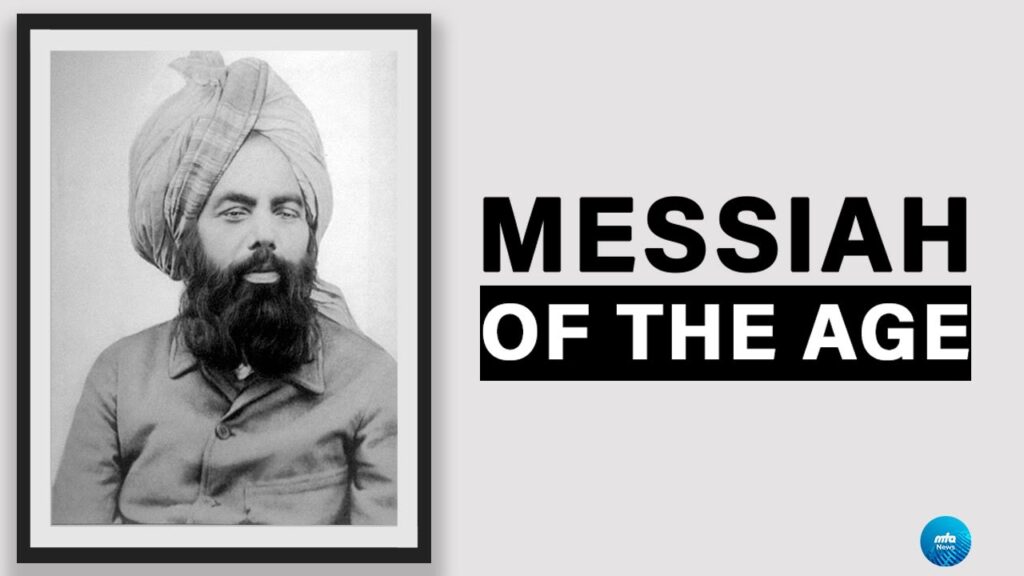
The Ahmadiyya Muslim Community is the oldest continuous Muslim community in the United States. Ahmadi Muslims were among the earliest Muslim missionaries in America, the first being Mufti Muhammad Sadiq, and between 1921 and 1925 alone they converted over 1,000 people to Islam. Although at first their efforts were broadly concentrated over a large number of racial and ethnic groups, subsequent realization of the deep-seated racial tensions and discrimination made Ahmadi missionaries focus their attention on mainly African Americans and the Muslim immigrant community and became vocal proponents of the civil rights movement. Many Ahmadi Muslims fled countries like Pakistan due to persecution in recent times.
Black Muslim Movements
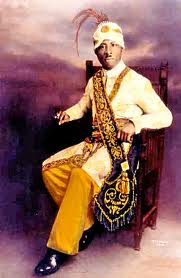
During the first half of the 20th century, a small number of African Americans established groups based on Islamic and Gnostic teachings. The first of such groups created was the Moorish Science Temple of America, founded by Timothy Drew (Drew Ali) in 1913. Drew taught that black people were of Moorish origin but their Muslim identity was taken away through slavery and racial segregation, advocating the return to Islam of their Moorish ancestry.
Moorish Science Temple Of America
The Moorish Science Temple of America is an American organization founded in 1913 by Prophet Noble Drew Ali. He said they practiced the “Old Time Religion” of Islamism but he also drew inspiration from Mohammedanism, Buddhism, Christianity, Gnosticism, and Taoism. Its significant divergences from mainstream Islam and strong African-American ethnic character make its own own classification as an Islamic denomination a matter of debate among Muslims and scholars of religion.
Its primary tenet was the belief that they are the ancient Moabites who inhabited the Northwestern and Southwestern shores of Africa. The organization also believes that their descendants after being conquered in Spain are slaves who were captured and held in slavery from 1779–1865 by their slaveholders.
Adherents of the Moorish Science Temple of America believe that the so-called “Negroid Asiatic” was the first human inhabitant of the Western Hemisphere. In their religious texts members refer to themselves as “Asiatics,” within the teachings of Noble Drew Ali, the members are taught man cannot be a Negro, Colored Folk, Black people, Ethiopians or African-Americans, because these names were given to slaves by slave holders in 1779 and lasted until 1865 during the time of slavery.
The Moorish Science Temple of America is legally and lawfully recognized as the first and oldest Islamic Organization in America, with its current leader R. Jones-Bey.
Nation Of Islam
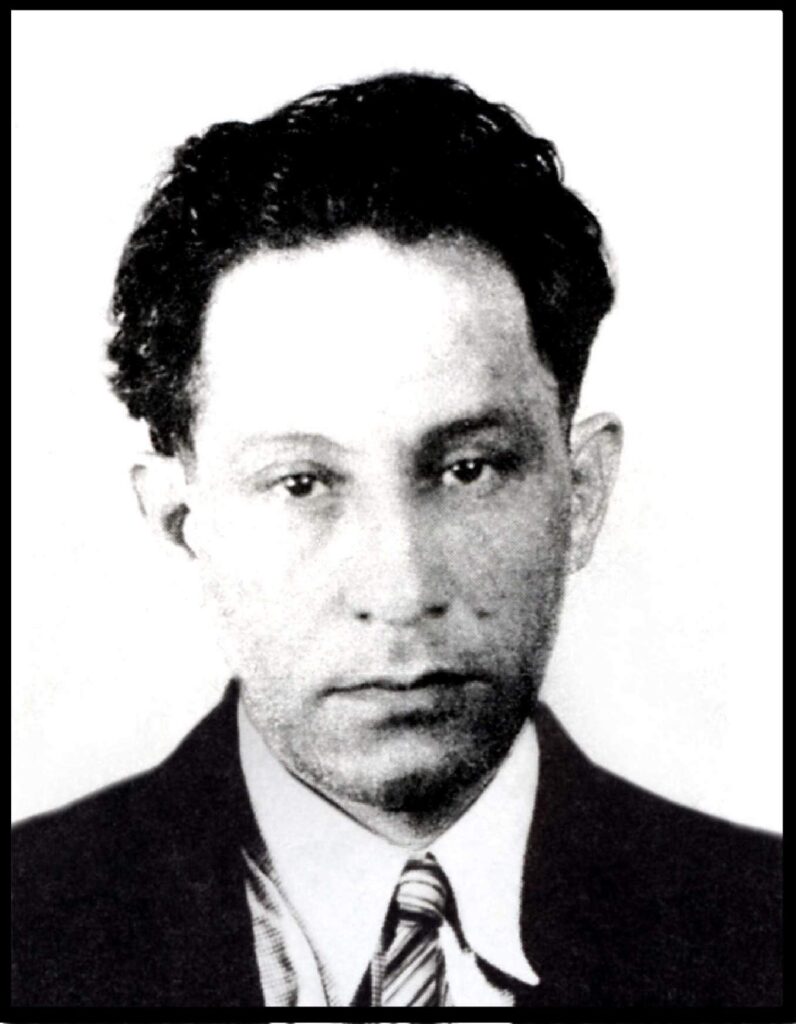
The Nation of Islam (NOI) was created in 1930 by Wallace Fard Muhammad. Fard drew inspiration for NOI doctrines from those of Timothy Drew’s Moorish Science Temple of America. He provided three main principles which serve as the foundation of the NOI: “Allah is God, the white man is the devil and the so-called Negroes are the Asiatic Black People, the cream of the planet earth.”
In 1934 Elijah Muhammad became the leader of the NOI, he deified Fard, saying that he was an incarnation of God, and taught that he was a prophet who had been taught directly by God in the form of Fard. Two of the most famous people to join the NOI were Malcolm X, who became the face of the NOI in the media, and Muhammad Ali, who, while initially rejected, was accepted into the group shortly after his first world heavyweight championship victory. Both Malcolm X and Ali later became Sunni Muslims.
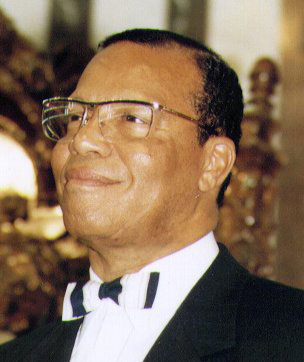
In 1934 Elijah Muhammad became the leader of the NOI, he deified Fard, saying that he was an incarnation of Allah, and taught that he was a prophet who had been taught directly by Allah in the form of Fard. Two of the most famous people to join the NOI were Malcolm X, who became the face of the NOI in the media, and Muhammad Ali, who, while initially rejected, was accepted into the group shortly after his first world heavyweight championship victory. Both Malcolm X and Ali later became: Sunni Muslims.
Malcolm X was one of the most influential leaders of the NOI and, in accordance with NOI doctrine, advocated the complete separation of blacks from whites. He left the NOI after being silenced for 90 days (due to a controversial comment on the John F. Kennedy assassination), and proceeded to form Muslim Mosque, Inc. and the Organizations of Afro-American Unity before his pilgrimage to Mecca and conversion to Sunni Islam. He is viewed as the first person to start the movement among African Americans towards Sunni Islam. It was estimated that there were at least 20,000 members in 2006. However, today the group has a wide influence in the African American community. The first Million Man March took place in Washington, D.C. in 1995 and was followed later by another one in 2000 which was smaller in size but more inclusive, welcoming individuals other than just African American men. The group sponsors cultural and academic education, economic independence, and personal and social responsibility.
The Nation of Islam has received a great deal of criticism for its anti-white, anti-Christian, and anti-semitic teachings, and is listed as a hate group by the Southern Poverty Law Center (SPLC).
Five-Percent Nation
The Five-Percent Nation, sometimes referred to as NGE or NOGE, the “Nation of Gods and Earths,” or the “Five Percenters,” is an American organization founded in 1964 in the Harlem section of the borough of Manhattan, New York City, by a former member of the Nation of Islam named Clarence 13X (born Clarence Edward Smith and later known as “Allah the Father”). Clarence 13X, a former student of Malcolm X, left the Nation of Islam after a theological dispute with the Nation’s leaders over the nature and identity of God. Specifically, Clarence 13X denied that the Nation’s biracial founder Wallace Fard Muhammad was Allah and instead taught that the black man was himself God personified.
Members of the group call themselves Allah’s Five Percenters, which reflects the concept that ten percent of the people in the world know the truth of existence, and those elites and agents opt to keep eighty-five percent of the world in ignorance and under their controlling thumb; the remaining five percent are those who know the truth and are determined to enlighten the rest.
United Nation of Islam
The United Nation of Islam (UNOI) is a group based in Kansas City, Kansas. It was founded circa 1978 by Royall Jenkins, who continues to be the leader of the group and styles himself “Royall, Allah in Person.”
Conversion To Orthodox Sunni Islam
After the death of Elijah Muhammad, he was succeeded by his son, Warith Deen Mohammed. Mohammed rejected many teachings of his father, such as the divinity of Fard Muhammad, and saw a white person as also a worshiper. As he took control of the organization, he quickly brought in new reforms. He renamed it the World Community of al-Islam in the West; later it became the American Society of Muslims. It was estimated that there were 200,000 followers of W. D. Mohammed at the time.
W. D. Mohammed introduced teachings which were based on orthodox Sunni Islam. He removed the chairs in the organization’s temples, and replaced the entire “temple” concept with the traditional Muslim house of worship, the mosque, also teaching how to pray the salat, to observe the fasting of Ramadan, and to attend the pilgrimage to Mecca.
A small number of Black Muslims however rejected these new reforms brought by Imam Mohammed. Louis Farrakhan, who broke away from the organization, re-established the Nation of Islam under the original Fardian doctrines, and remains its leader.
Shi’a Islam
An estimated 786,000 Shi’a Muslims live in the United States. They originate from South Asia, Europe, Middle East, and East Africa. The “heart of Shi’ism in the U.S.” is placed in Dearborn, home to the Islamic Center of America. The North American Shi’a Ithna-Asheri Muslim Communities Organization (NASIMCO) is the largest umbrella group for North American Shi’as.
Sufism
Some Muslim Americans adhere to the doctrines of Sufism. The (ISCA) is a small body representing Sufi teachings, which, according to adherents, is the inner, mystical dimension of Islam. The ISCA’s stated aims include providing practical solutions for American Muslims, based on the traditional Islamic legal rulings of an international advisory board, many of whom are recognized as the highest ranking Islamic scholars in the world. ISCA aims to integrate traditional scholarship in resolving contemporary issues affecting the maintenance of Islamic beliefs in a modern, secular society. It has been linked to neoconservative thought.
Qur’anic Movement
The largest Quranist movement in the United States is the United Submitters International. This movement was founded by Rashad Khalifa. His movement popularized the phrase: “The Qur’an, the whole Qur’an, and nothing but the Qur’an.” Although he was initially well received by many, his subsequent claims of divine inspiration caused friction between him and others, and he was assassinated in 1990. Notable Americans influenced by Rashad Khalifa include his son, Sam Khalifa, a retired professional baseball player and Ahmad Rashād, a sportscaster and retired football player.
Non-Denominational Muslims
Non-denominational Muslims make up roughly one in seven of all American Muslims, at 15 percent. Non-denominational Muslims do not have any specific affiliation with a religious body and usually describe themselves as being “just a Muslim.” Muslims who were born in the US are more likely to be non-denominational than immigrant Muslims. Twenty-four percent or one in four US-born Muslims are non-denominational, versus 10 percent of immigrant Muslims.
Other Muslims
There are some mosque-goers who adhere to sects and denominations that form very small minorities. Examples of such small branches include progressive Muslims, Mahdavi Muslims and Ibadi Muslims.
102 – 001-b
Last Update: 02/2021
See COPYRIGHT information below.
